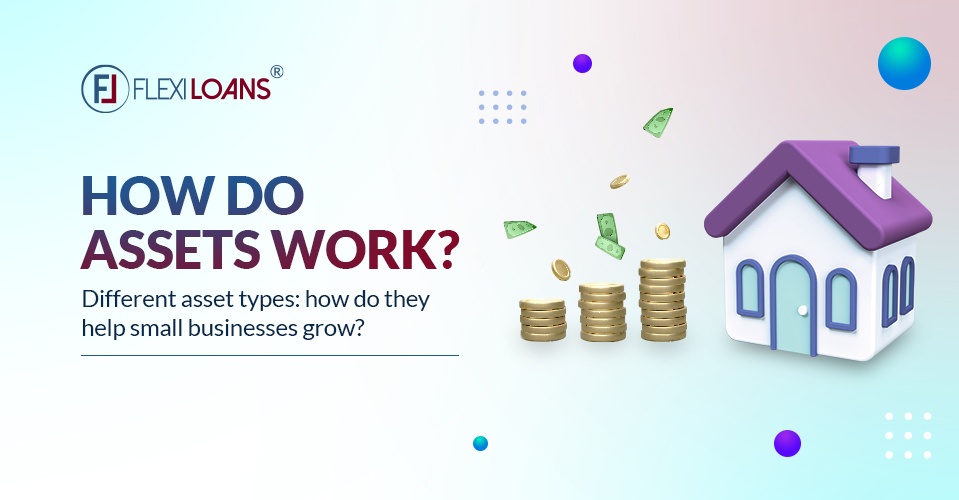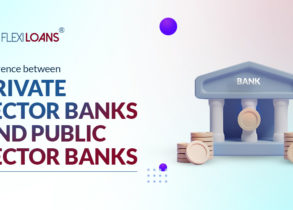Jul 26, 2022
Dec 11, 2025

A company’s balance sheet is the basis for evaluating its performance. There are two parts to a balance sheet: assets and liabilities. When assets are more than liabilities, it conveys a strong balance sheet. We can use the word assets in the literal sense as well as in accounting. Generally, when we say someone is an asset, it means that person is important. Like, who is the asset of a company? It’s the company’s employees. Without them, the business won’t be successful. That’s why there is so much focus on employee benefits.
What Are Business Assets?
Business assets are resources owned by a company that provide economic value. These assets, whether tangible like machinery and property or intangible like goodwill and software, result from past events and are expected to generate future benefits.
Although a company is not a person, it is a legal entity that can own assets independently of its shareholders. Common assets include raw materials, machinery, land, intellectual property, and financial instruments. Classifying assets based on convertibility and usage is crucial for accurate accounting and financial analysis.
How do assets help to grow business?
Assets play a crucial role in making your business thrive. Here are some ways they drive your business growth.
- In business, we require funds from time to time for expansion, maintaining inventory or simply day-to-day operations. Before lending, lenders ask, “Which are the things that the company owns?“. It helps lenders assess the repayment abilities of the company.
- If company assets are enough to cover the outstanding liabilities of a business, it shows that this business is solvent. It improves the image of the company and attracts shareholders and investors.
- The Deferred tax assets lower your taxable income. These are the fixed assets that show on your Balance Sheet if you have overpaid the tax. Thus, these give tax relief.
- If you have workers in a factory, you must take care of health rules and maintain your machinery. Taking proper care of machinery can help you reduce the risk of health hazards, unforeseen accidents, and any possible suits in the future.
What are the different categories of assets in an organisation?
Based on convertibility, the assets of the business consist of Current Assets and Non- current Assets. Current assets are liquid assets. It means we can convert them into cash within a year. Thus, we don’t have to worry about funds. Non-current assets, on the other hand, are assets that we can not convert into cash. They are fixed assets, non-current investments, long-term loans, and advances.
Here is an overview of the different types of assets required for a small business:
A. Non-Current Assets
- Fixed Assets: Purchasing a factory, warehouse, or machinery is one of the first steps in starting a business. These investments are not for single-day use but for the long term. So, what type of asset is machinery? Any assets owned by the business that contribute to business operations and have a useful life of over one year are known as fixed assets. A Fixed Asset is purchased in an organisation because of its crucial role in generating income for the company. It is not for consumption or investment purpose. Whenever we need to value a business or obtain accurate financial information, we value its fixed assets, also called capital assets. Fixed assets are valued on their book value or replacement cost. Now, there are two types of fixed assets :
- Tangible fixed assets: These are the fixed assets which have a physical existence. We can touch them. Examples are machinery, vehicle, buildings and office furniture.
- Intangible fixed assets: These are the fixed assets that do not have a physical existence. We can not see or touch them. However, they are equally valuable. Examples are royalties, Goodwill, software, licenses and copyrights.
B. Current Assets
- These assets provide an insight into the liquidity position of the company. It is necessary to pay off regular payments and any short-term financial obligations. These include current investments, inventories, trade receivables (debtors), short-term loans and advances, and cash and cash equivalents.
How Business Assets Work
Business assets encompass everything your company owns and uses to generate income. They fall into two primary categories: tangible business assets and intangible business assets. These assets serve different functions but work together to fuel your business growth.
- Tangible Business Assets: These include physical items like machinery, office equipment, vehicles, and property. Tangible assets are often critical for daily operations. For example, if you’re running a retail shop, your inventory, cash registers, and even the shop’s premises would be considered tangible assets.
- Intangible Business Assets: These assets, though non-physical, add value to your business in unique ways. Intellectual property, such as patents, trademarks, and copyrights, can set your business apart from competitors. If your company owns proprietary software or has developed a strong brand, these also fall under intangible assets.
Both types of assets help determine your business’s overall financial health, which in turn impacts your eligibility for loans. For instance, banks will often evaluate your non-current assets when considering your application for a business loan. Liquid assets, which are easily converted to cash, also play a crucial role in ensuring smooth operations and funding.
Depreciation and Amortisation of Business Assets
Depreciation of Tangible Assets
Depreciation applies to tangible fixed assets, such as buildings, machinery, or equipment, which lose value over time. By spreading the asset’s cost over its useful life, businesses can accurately reflect its declining value on the balance sheet. This method impacts the profit and loss account, reducing taxable income and providing tax savings.
Amortisation of Intangible Assets
Amortisation refers to the gradual writing off of intangible assets like goodwill, patents, or software. It similarly reflects the diminishing value of these assets over time, ensuring the balance sheet accurately represents the company’s financial status.
How are the profits of assets selling identified?
If the sale price of an asset is more than the net book value, we have earned a profit on the sale. The sale proceeds go on the credit of the asset account, and the gain goes into the profit and loss account.
To answer how the profit of assets selling is identified we need to know how different assets are valued.
| S.no | Types of assets | Identification |
| 1 | Tangible fixed assets | At Net Book value |
| 2 | Intangible fixed assets (excluding Goodwill) | Either based on – Market evidence – The present value of future earnings from the asset – The cost of constructing or acquiring an intangible asset |
| 3 | Goodwill | Value of business equity less net value of assets |
Final thoughts
Business assets are crucial for maintaining your company’s financial health, growth, and stability. Understanding the role of both tangible assets, like machinery, and intangible assets, like software, helps you make informed decisions.
When applying for a business loan in India, having a solid asset base increases your chances of approval. Using assets as collateral might even allow you to access collateral-free business loans, especially when seeking funding through quick business loans or MSME loans. Proper management of asset depreciation and amortization ensures accurate financial reporting, which can improve your eligibility for business loans and help you secure better interest rates.
Efficient asset management, combined with the right financing solutions like those offered by FlexiLoans, can significantly ease the loan process, making it simpler to get your loans sanctioned.
FAQs
They provide financial security and contribute to a company’s solvency, which makes it easier to secure funding and attract investors.
Depreciation refers to the loss of value in tangibles, while amortization applies to intangible assets.
Lenders assess a company’s capital to determine its ability to repay the loan. A strong base increases the likelihood of approval.
Yes, even if your assets have depreciated, they still hold value. Lenders may use the current value of your long-term assets when determining your eligibility for loans like a term loan or business loan without collateral.
FlexiLoans offers a simple and fast process for getting a loan sanctioned. Whether you need a term loan or a collateral-free business loan, FlexiLoans provides flexible options to meet your funding needs. With easy online applications and quick approvals, securing a loan for business expansion has never been easier.
Deprecated: Function get_the_author was called with an argument that is deprecated since version 2.1.0 with no alternative available. in /var/www/html/wordpress/flexiloans.com/blog/wp-includes/functions.php on line 6114
Deprecated: Function get_the_author was called with an argument that is deprecated since version 2.1.0 with no alternative available. in /var/www/html/wordpress/flexiloans.com/blog/wp-includes/functions.php on line 6114







